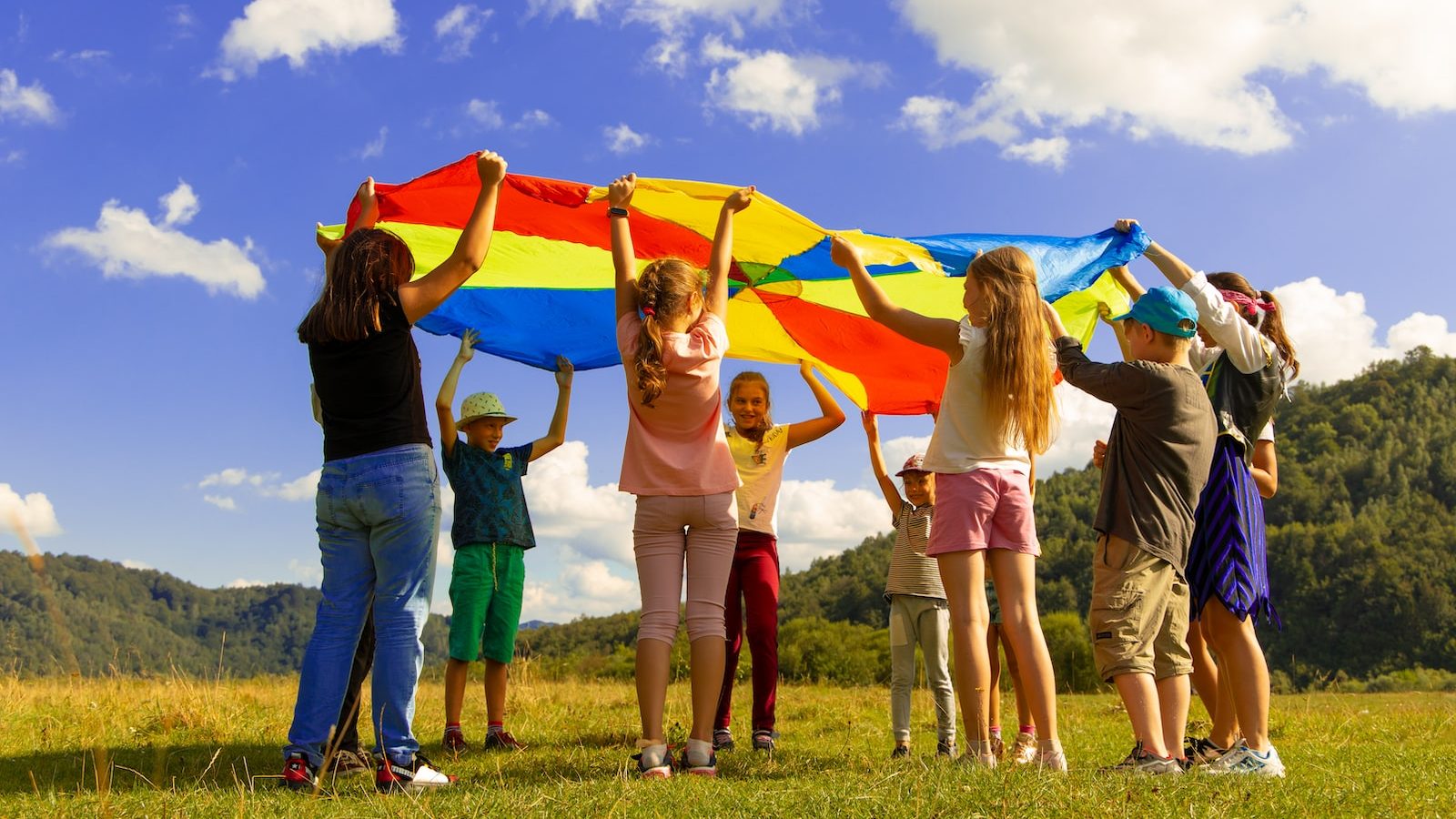Computers will never replace the role of classrooms in supporting student wellbeing
Skilled teachers use classrooms to inspire collaboration, foster community, and instill a sense of belonging. Classroom social and emotional benefits are not fully realized in a digital learning environment.
Challenge:
Students without community support and social networks face increasing loneliness, depression, and dropout
Opportunity:
1:1 and group coaching in schools can increase student self-esteem, social and emotional skills, and optimism
Impact:
Hopeful and confident students have greater emotional resiliency and academic engagement
Wisdom Weavers
Students are facing a mental health crisis
When classrooms migrated to digital platforms during the Covid-19 pandemic, teachers tried their best to replicate the learning experience for their students. Reflecting on this period, Wisdom Weaver Dr. Noah Sobe argues that “learning cannot be fully displaced into virtual spaces.” Not only did many students lack the technology needed to access online material, but remote learning separated students from their friends, a network of supportive adults, and school-based behavioral health resources.
“Fully remote online schooling is a poor substitute for the positive learning environments that schools can provide.”

According to the World Health Organization, global levels of anxiety and depression increased by 25% in the first year of the pandemic, with women and young people most impacted. For the ten years prior to the pandemic, U.S. trends in teen mental health showed an increase in depression, hopelessness, and suicidal thoughts. After losing school-based social support systems, these numbers have worsened. The New York Times chronicled the harsh effects of isolation, noting that students have ongoing academic struggles, including poor mental health, learning loss, and behavioral problems.
Coaches can support student well-being through direct coaching or teacher-based programs by:
- Acting as guiding models who encourage students to pursue their goals
- Empowering students to lead and partner with their classmates through a coaching approach
- Connecting students to supportive community members, even in a remote learning environment
The classroom setting enhances social and emotional development leading to greater student wellbeing
Humans are social creatures, and young people benefit from regular social interaction with peers and influential adults. In the learning environment, students go beyond basic knowledge acquisition and can also practice social skills, including empathy, identifying emotions, and communication. Isolation among children inhibits social development and creates long-lasting mental health challenges as well as delays in cognitive development.
In the last 20 years, some schools have tailored curricula to support social and emotional literacy among students. Among these programs is an emphasis on balancing the Intelligence Quotient (IQ) with an Emotional Quotient (EQ). These skills are at risk when technology substitutes the role of teachers in a classroom. Children exposed to constant technology are in an environment free from empathy and peer interaction, leading to adults with difficulty relating to others.
Wisdom Weaver Ananya Mehta suggests that instead of increasing technology in classrooms, “some things related to EQ, the emotional quotient, should definitely be added to the curriculum…because technology is doing a lot and it’s growing immensely. But I also do not agree to it completely taking over. Human interaction will still be important because of things like empathy… The heart and the emotions cannot be completely replaced.”
The rise in technology reveals the necessity of human interaction and the need to teach students lifelong relational skills. Wisdom Weaver Dr. Karen McClymont summarized that within classrooms, “adding automation shouldn’t be at the expense of empathy in schools and relationships.”
To promote social development, Karen illustrates how elevating student voices teaches leadership skills and enhances student well-being. She shares, “having worked a great deal with the student voice in remote Malaysian schools, it works tremendously well, [allowing them to] represent themselves in education and throughout the school. It gives tremendous self-belief, it gives tremendous empowerment, and they really feel ownership of their education.”
As classrooms return to in-person instruction, teachers can look for ways to support student mental health by leaning on social and emotional learning. Teachers may also benefit from activities that empower students to have a voice and choice in their educational development.
Coaching Empowers People
Research on coaching in K-12 environments indicates that coaching can enhance student well-being. A program in Australia that provided coaching to 5th-grade boys found that the boys were more engaged in their studies and reported feeling a greater sense of hope. For students facing adverse circumstances, a coaching intervention in Qatar found that coaching could mitigate negative effects. The study noted that while all the students showed a decrease in life satisfaction over the school year, those in the coaching group were still achieving their personal goals and had experienced a smaller decrease in satisfaction. While coaches are not mental healthcare providers, coaches can act as empathetic partners who strengthen student self-awareness and identify strengths.
Manifesto for the Future of Education
34 Wisdom Weavers from 15 different countries gathered to reimagine the future of education, using the lenses of coaching, pedagogy, sustainability, technology, social transformation, and collaboration. These discussions inspired us to craft a call to action — a Manifesto for the Future of Education — that establishes a vision for transforming education around the world while integrating the practice of coaching as a catalyst for positive change.






